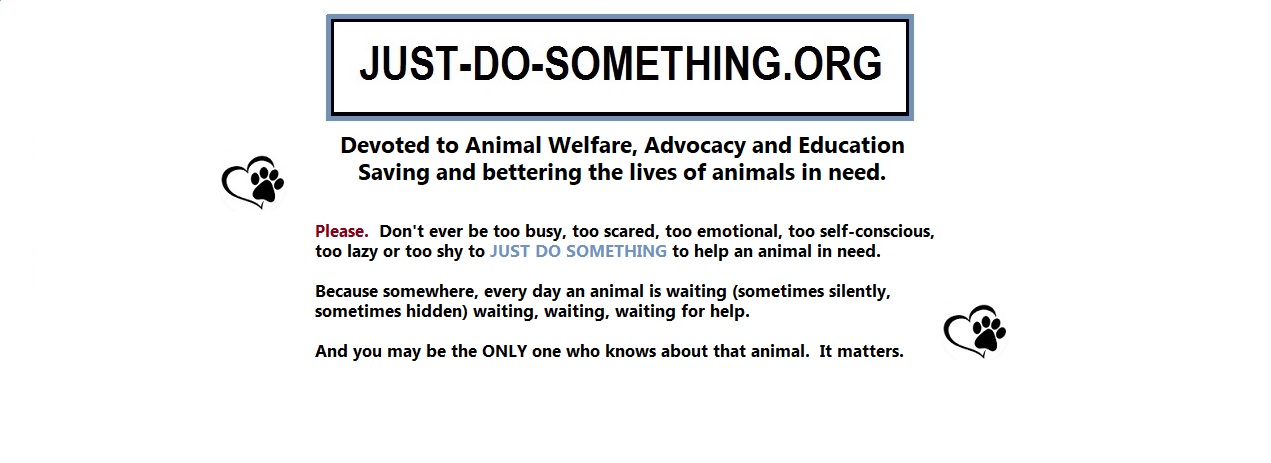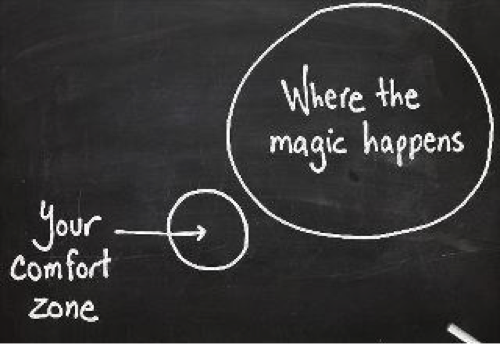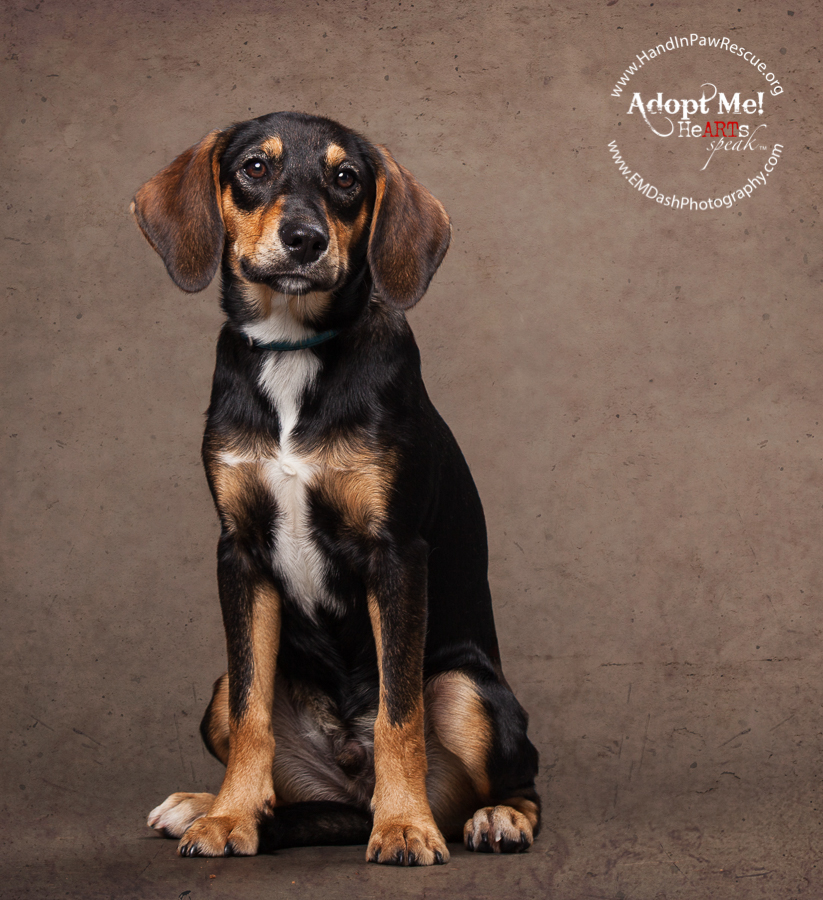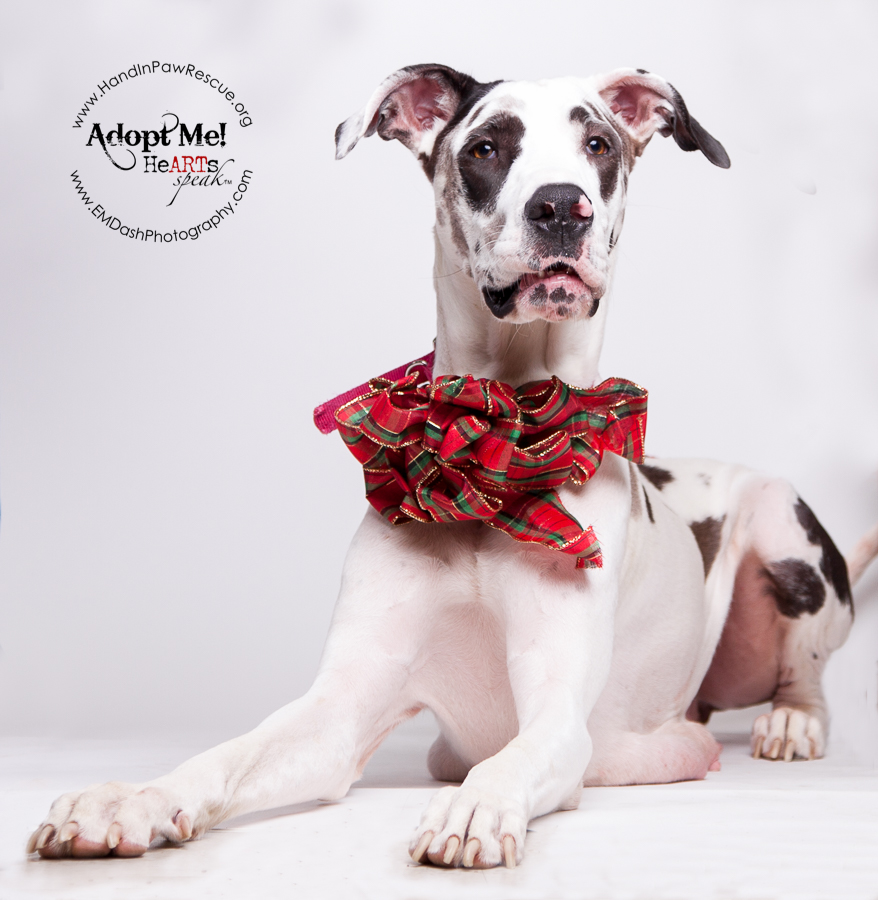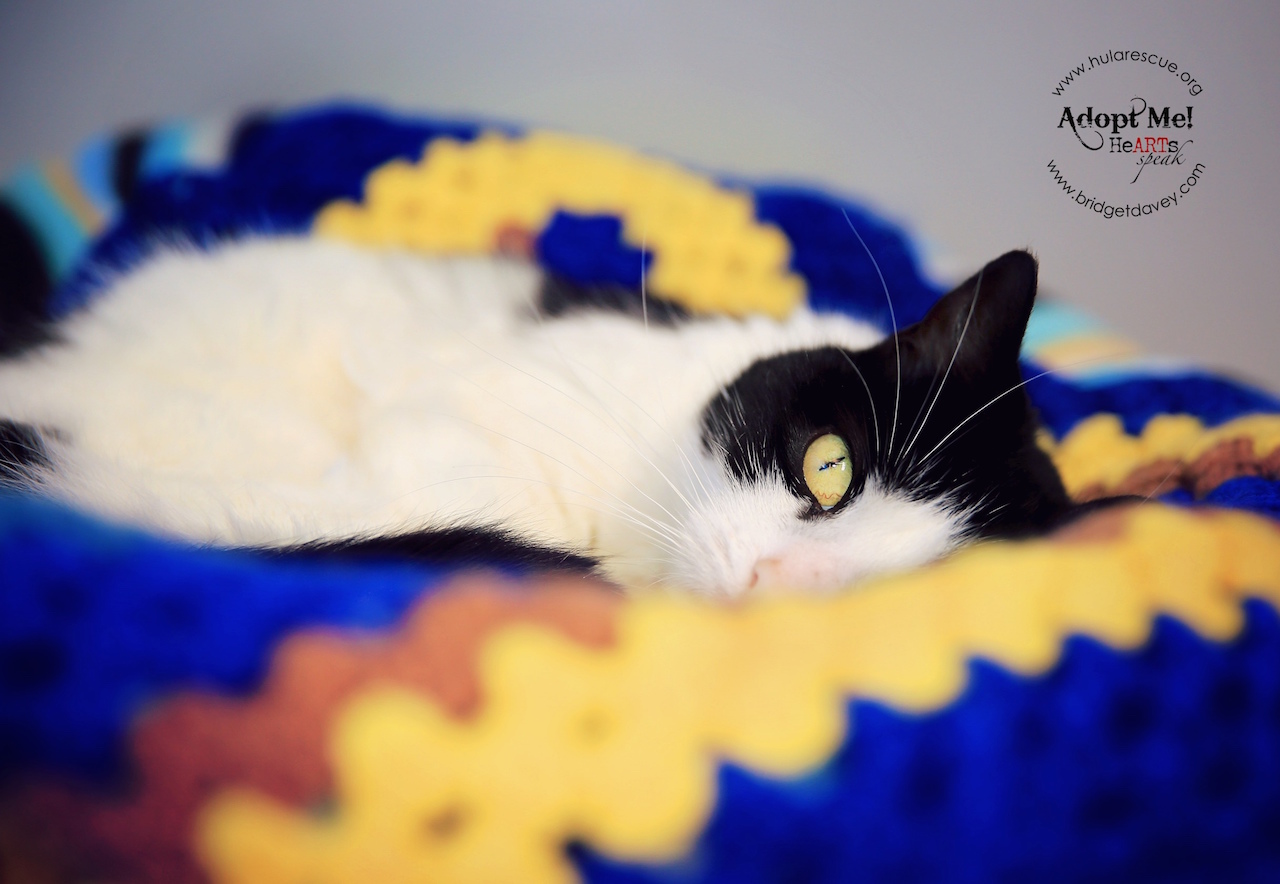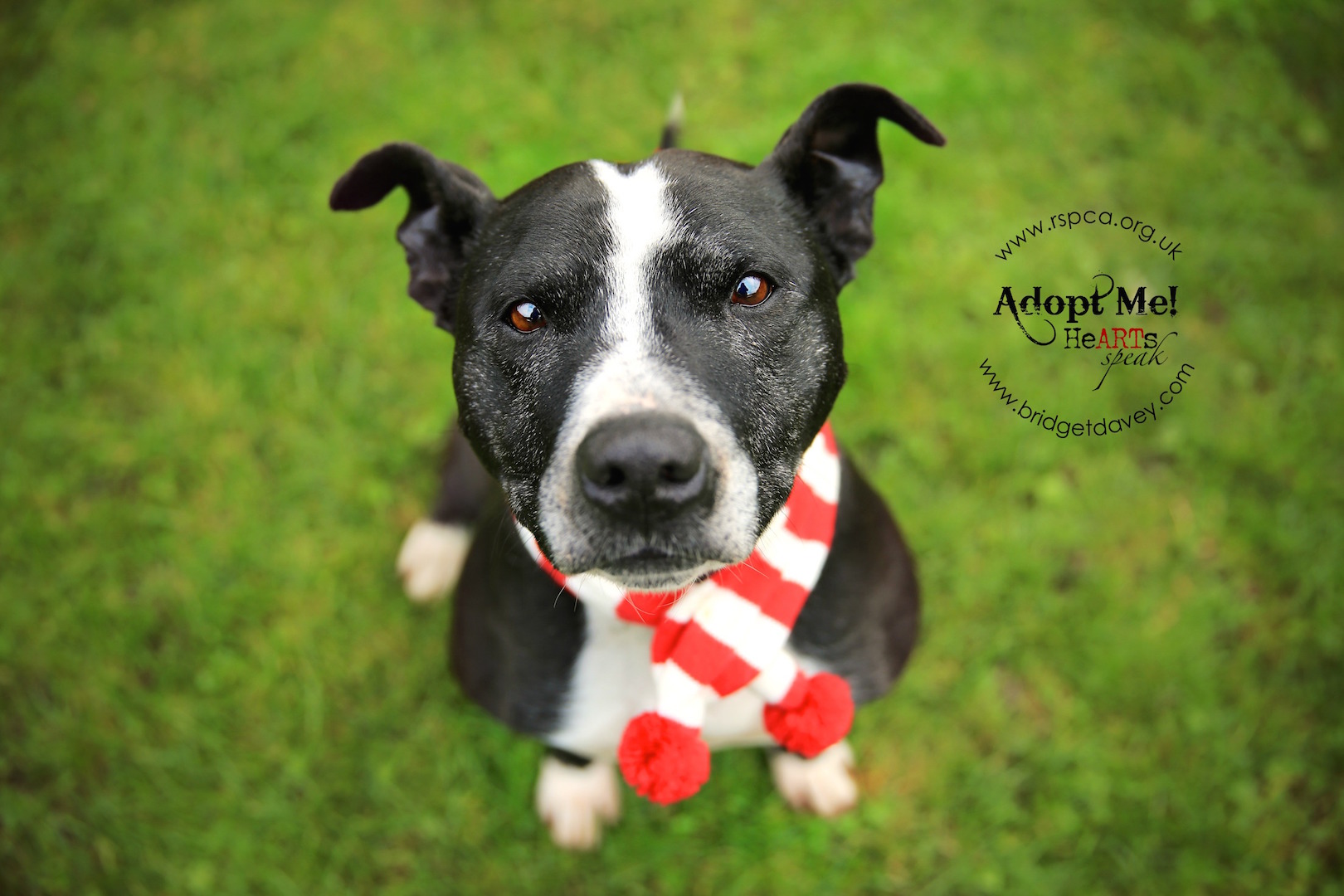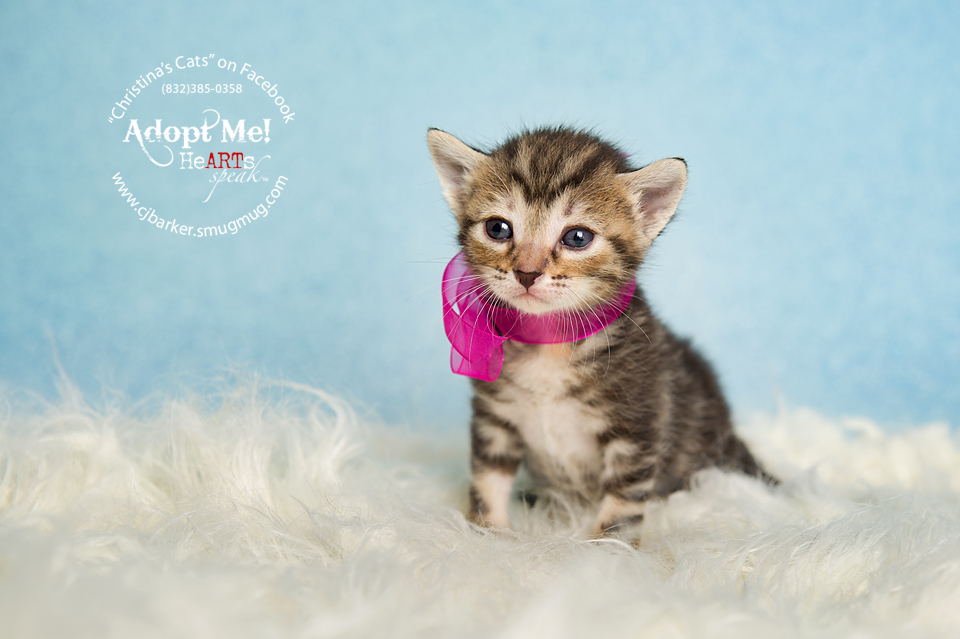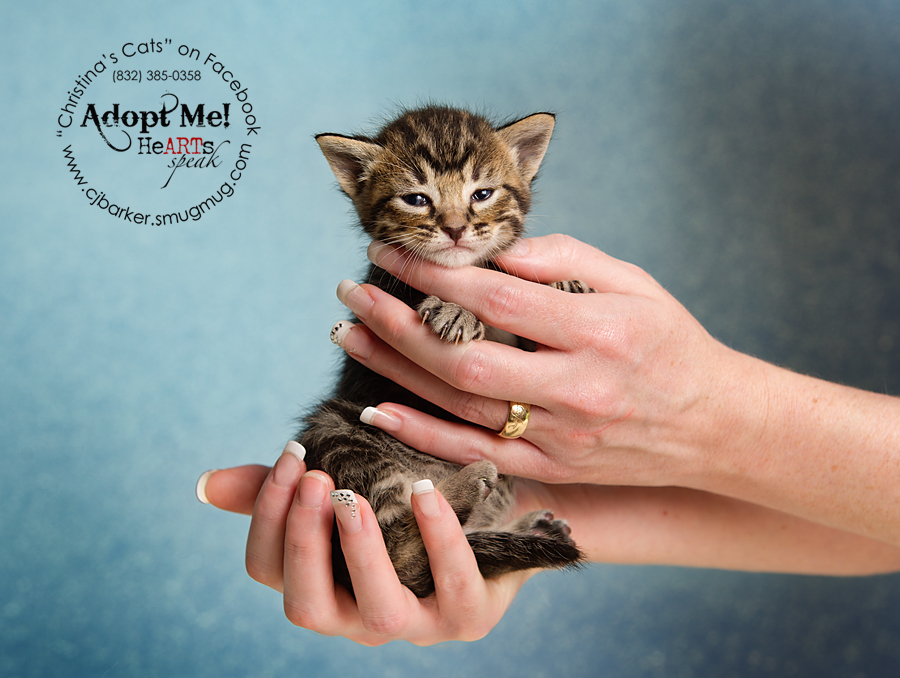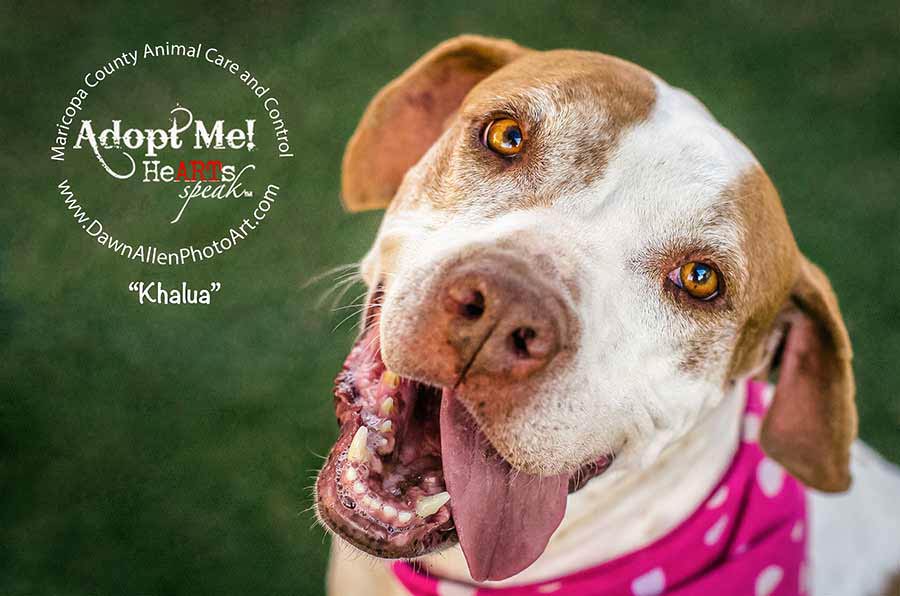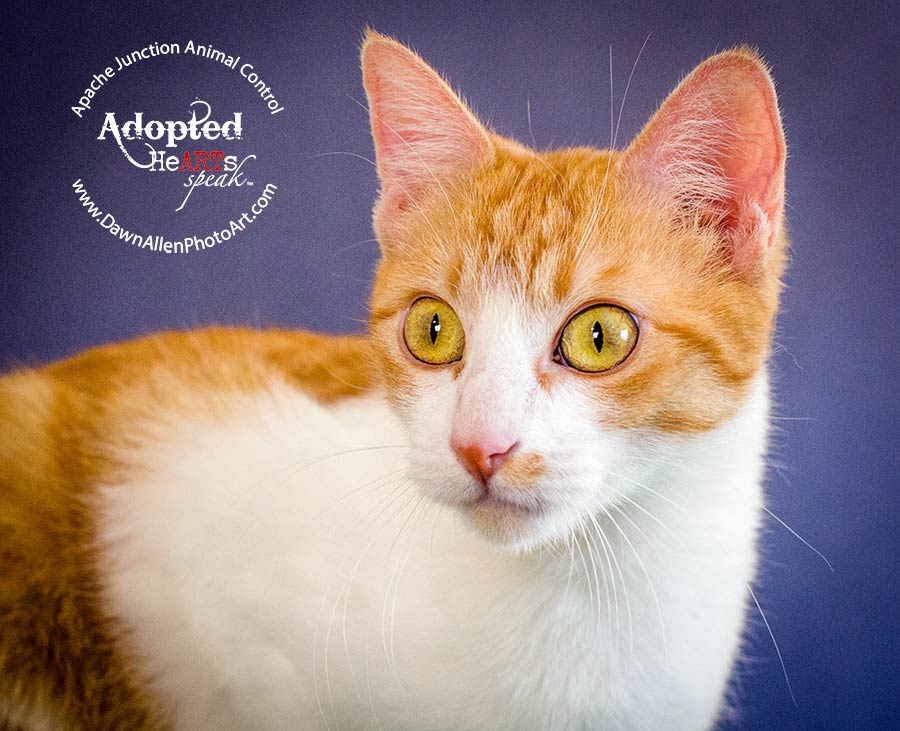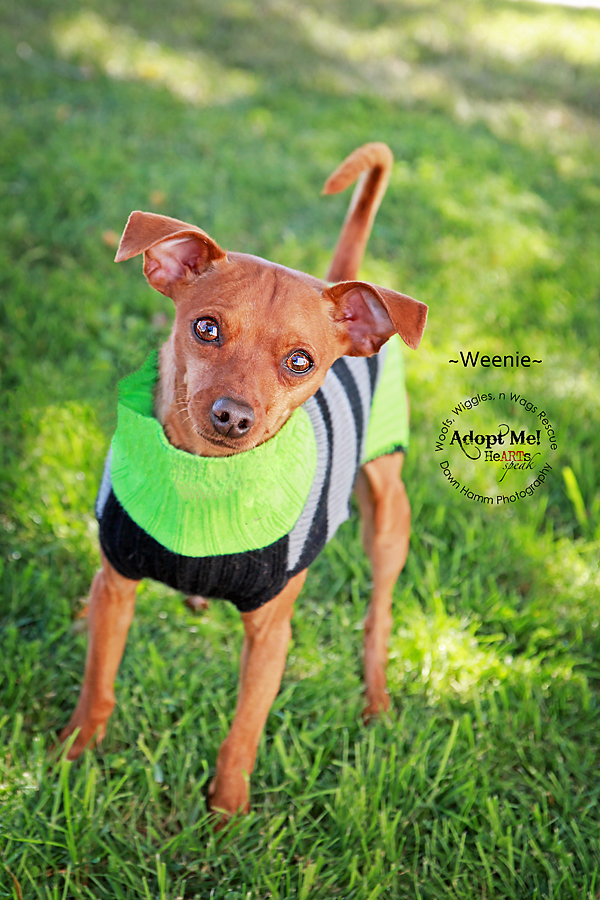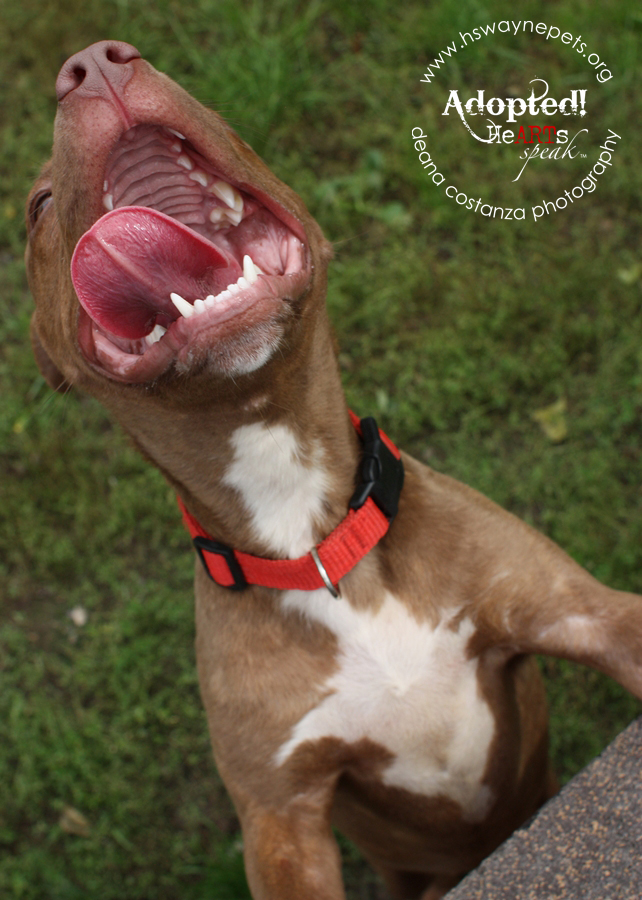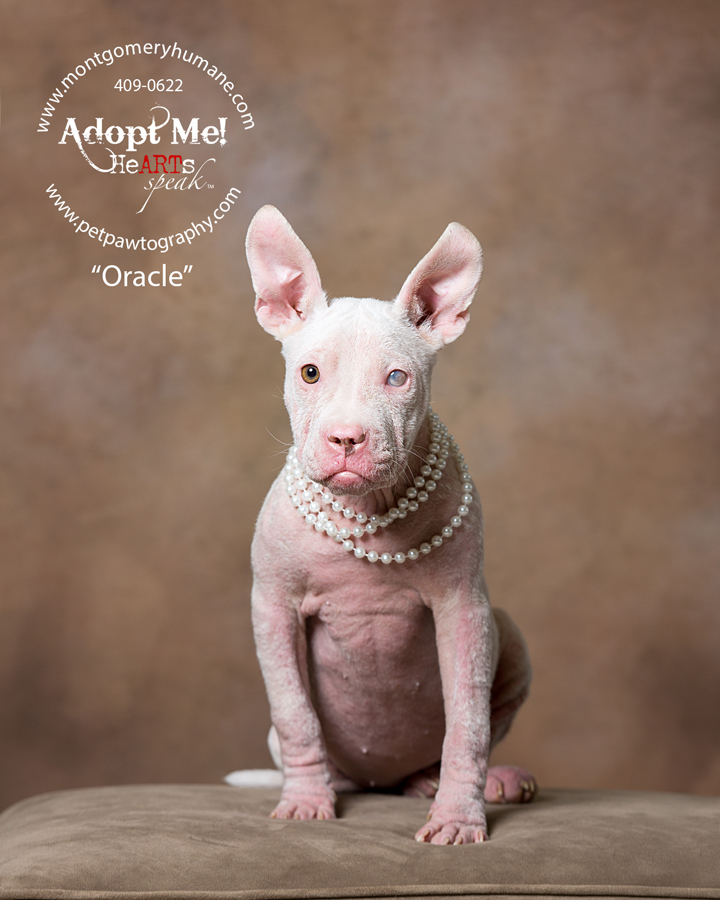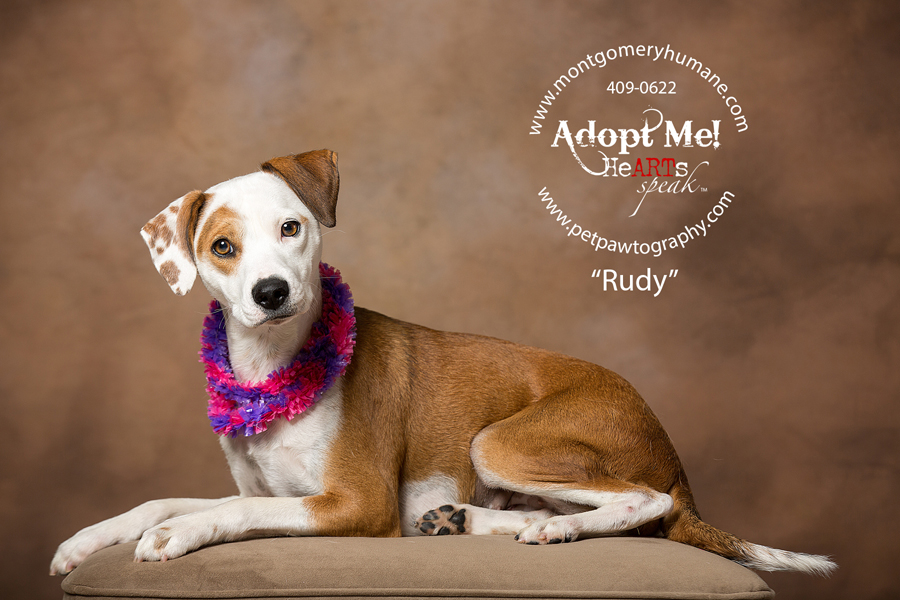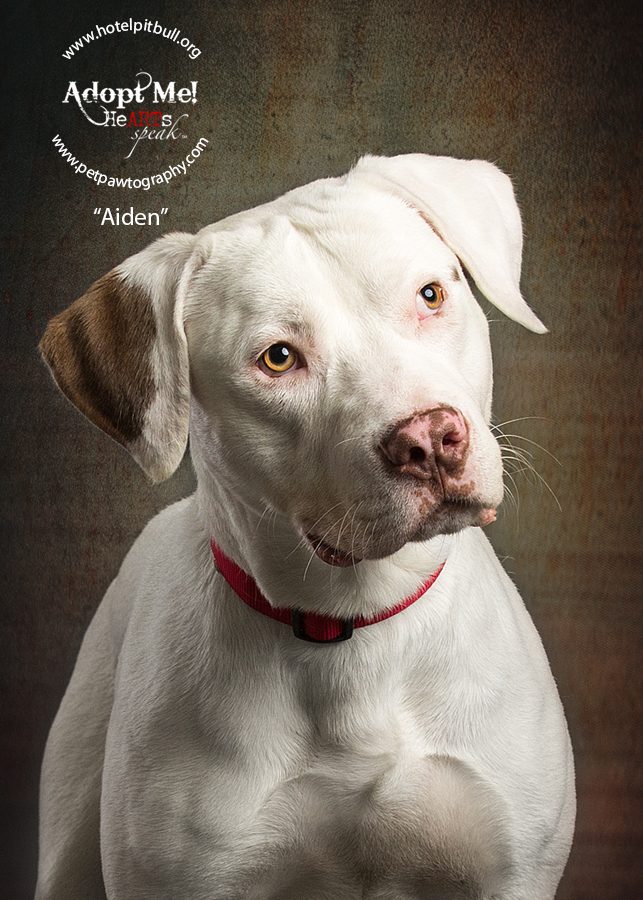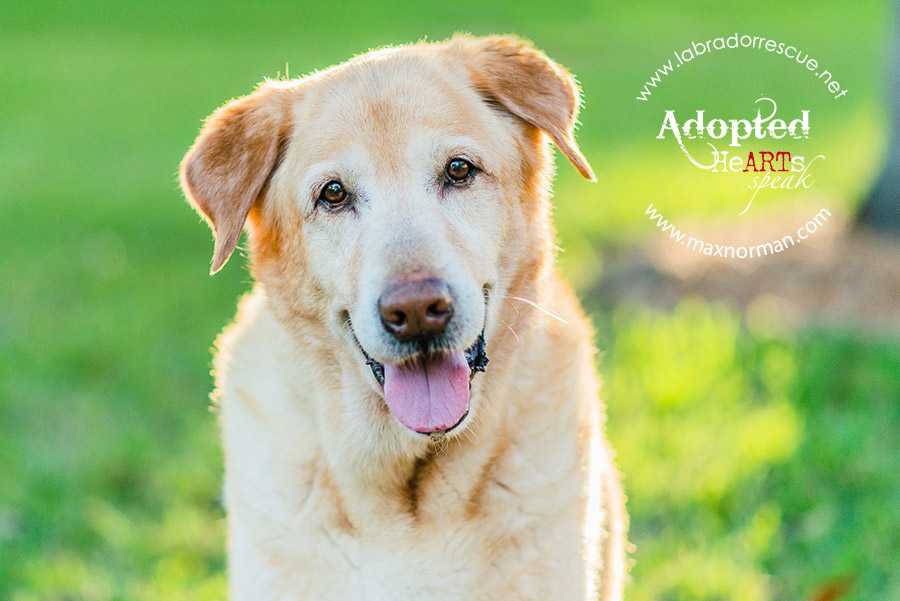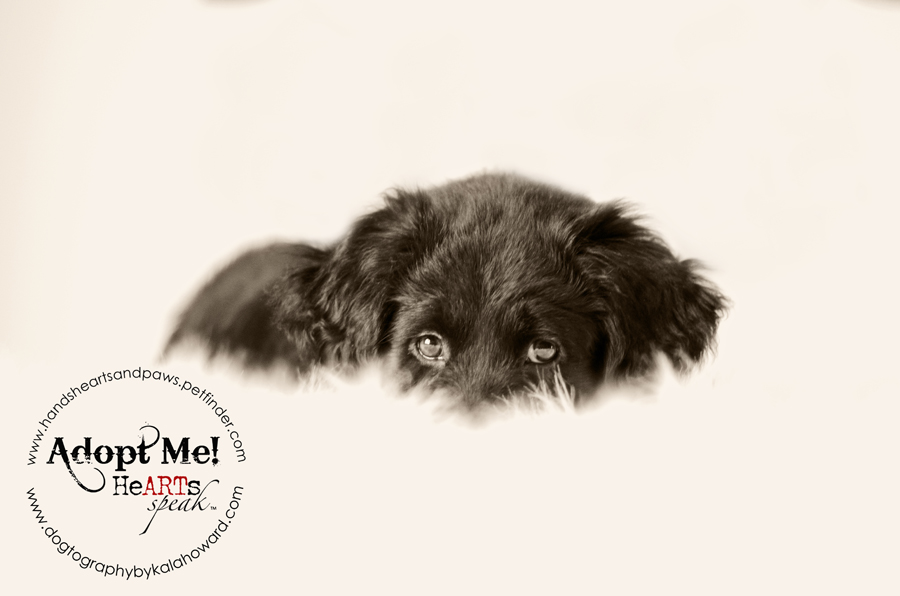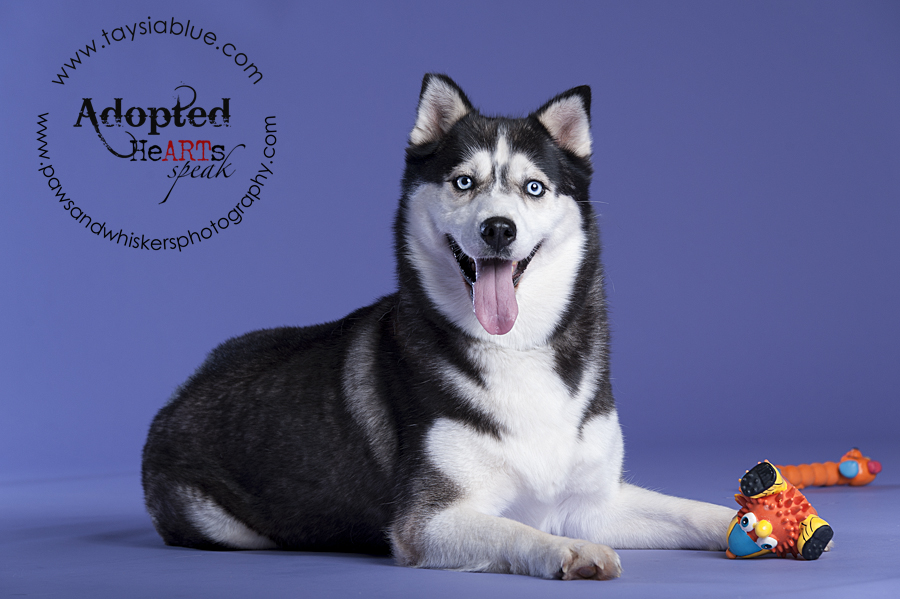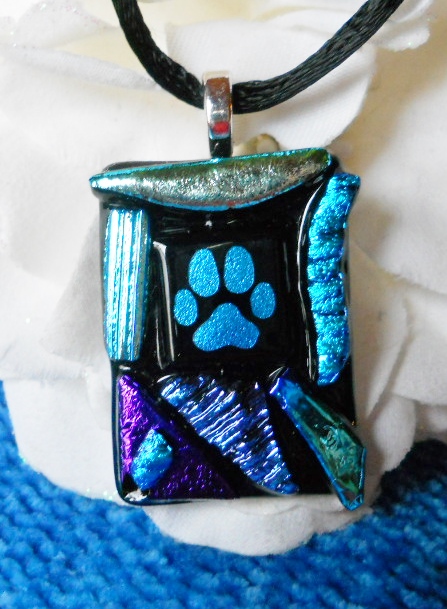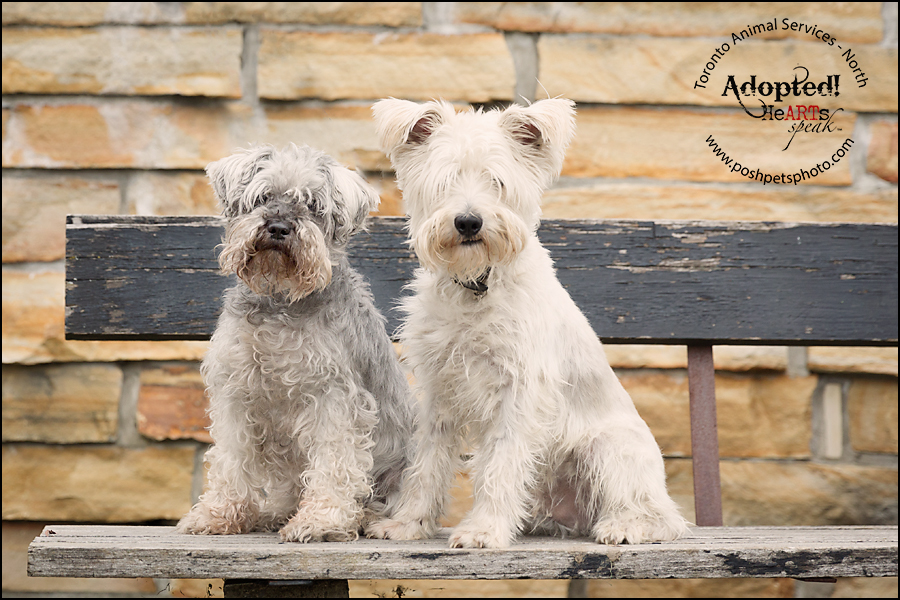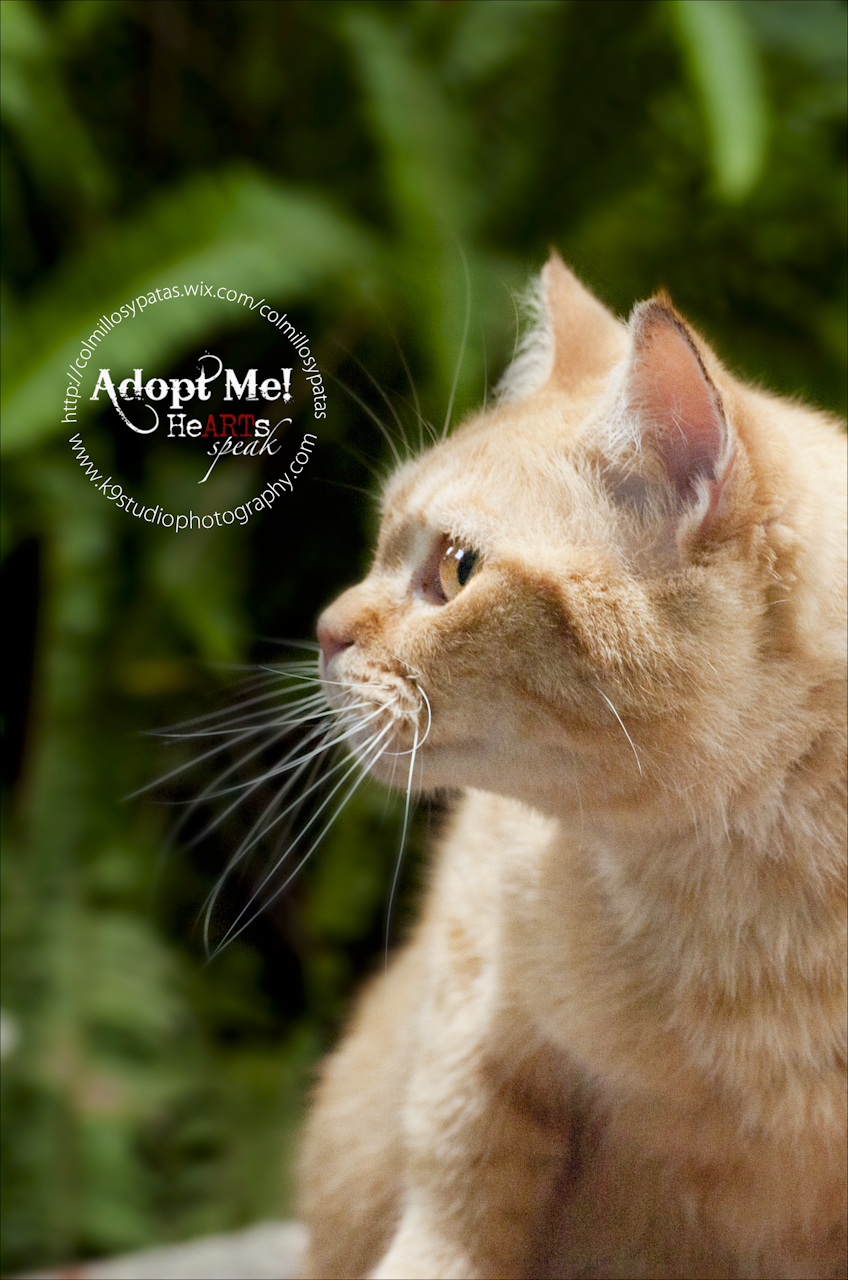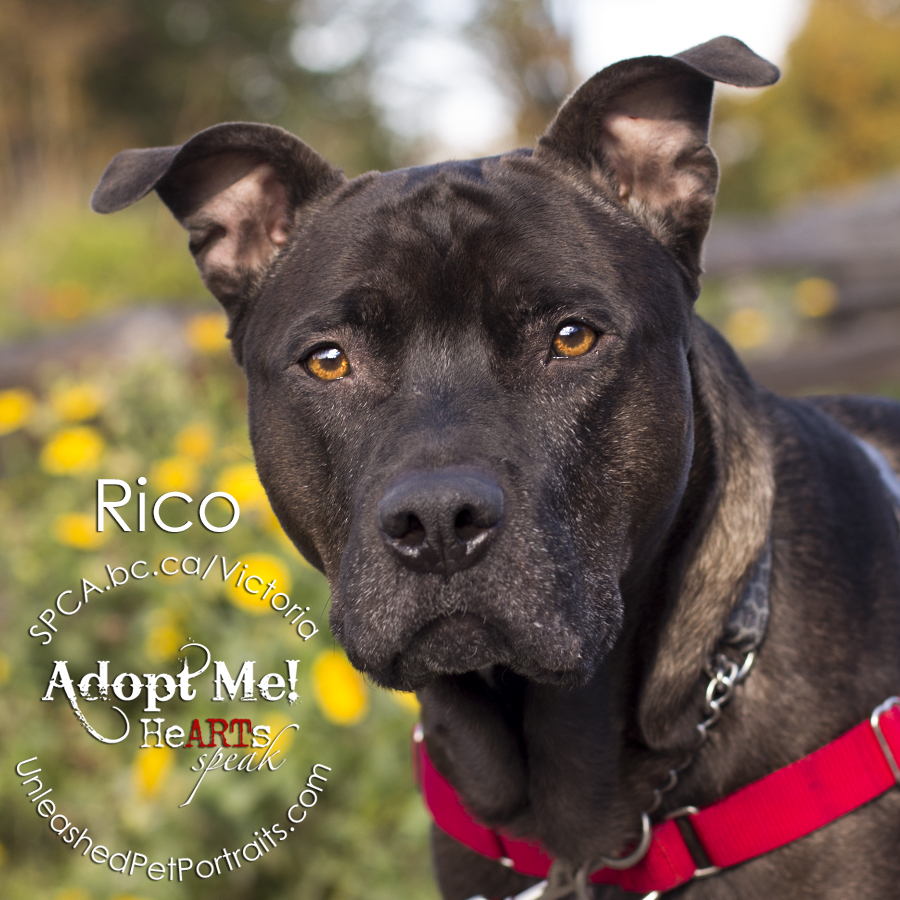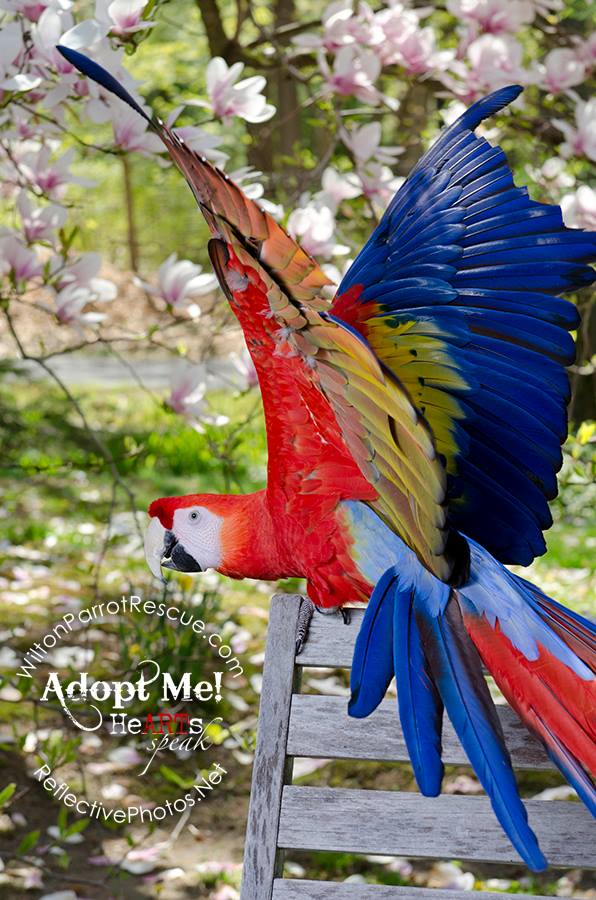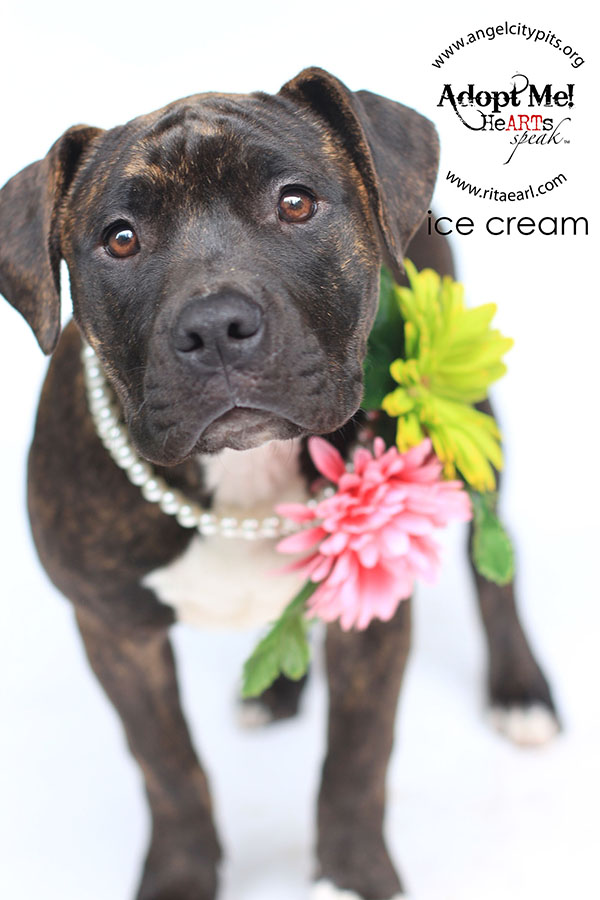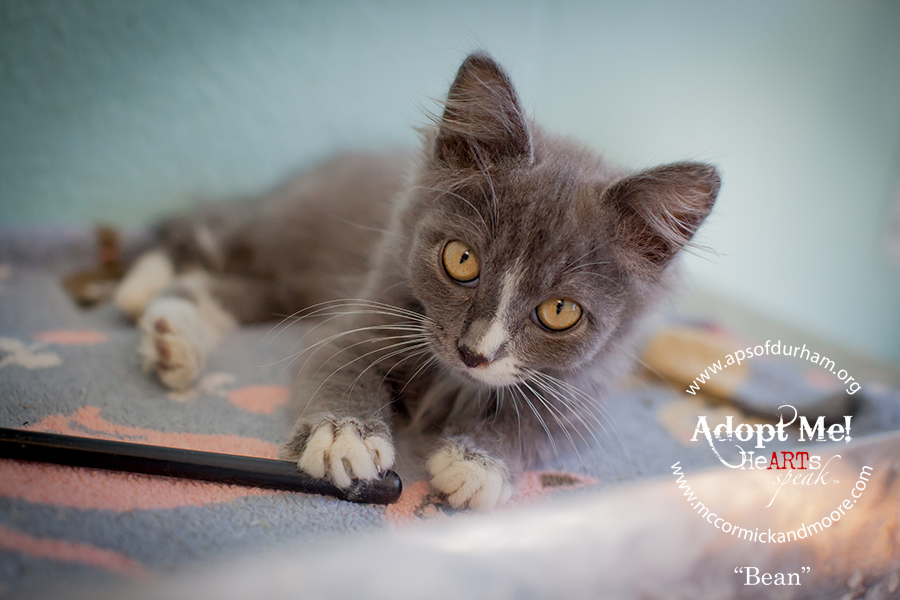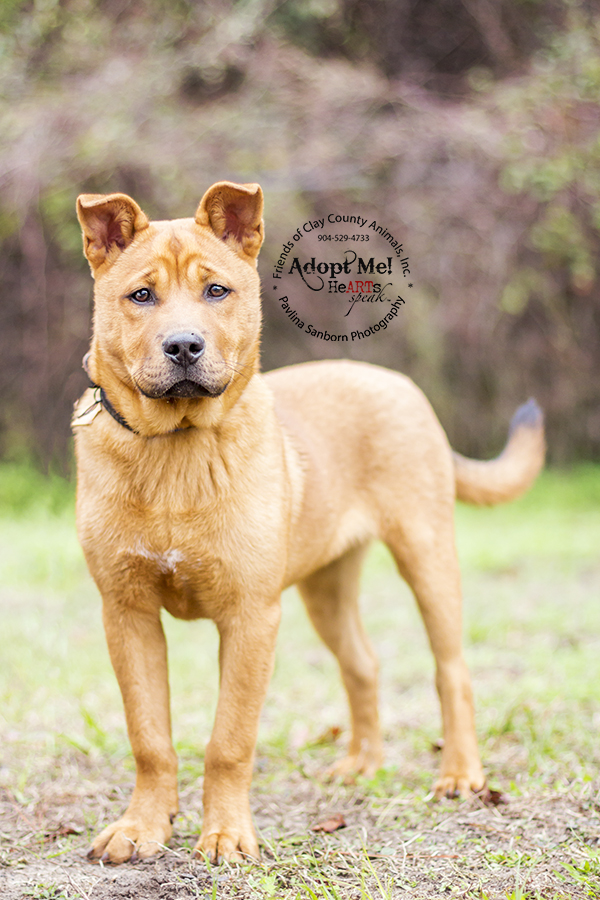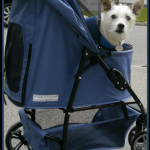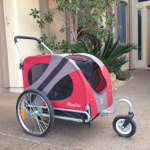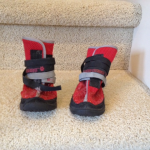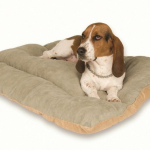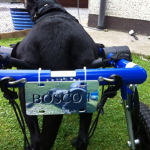The Middle Years
There comes a time – a short window of years – in the time of pet companionship where you can relax and enjoy your friend to the fullest. I’m describing the middle years, wherein your dog, cat or other pet is healthy, active, focused on you and her surroundings; a time without youthful destruction, adjustment, and insecurity; a time without illness, creeping infirmity, or heartbreaking imminent parting.
If a pet is acquired as a puppy or kitten, there is a long first year of care – medical, behavioral, and training. All first inoculations must be given and nutritious food for growth purchased. Toys and distractions must be acquired. Fences, leashes, litter boxes, and all pertinent supplies bought. Injuries caused by youthful exuberance addressed. Household routines must be taught so the pet can expect consistency in her life, which will culminate in higher self-confidence and less behavioral issues down the road. Daily interactive manners must be taught so the pet isn’t a nuisance–to you or the public. A constant eye to the pet’s behavior must be vigilant – for the safety of the baby as well as for your peace of mind.
If a pet is brought into your home as an adolescent, chances are she’s been relinquished/rejected by someone previously and for reasons you may never know. These reasons may include behavioral issues the previous family was unwilling or unable to deal with and that you find out about once you’re already attached to the little delinquent. Hence, the problems will fall on you so your time with the newcomer will consist of adjustment – getting to know each other and patiently teaching the pet what she needs to do and know to fit into your human life as seamlessly as possible. This requires the same diligence as working with a very young pet and, if done well, will eventually result in a pet that mirrors your own lifestyle as a quality companion.
Even if your pet joins you in her older years, there remain the past shadows of her previous life and lifestyle. Chances are her energy level will be less than younger pets, but behavioral issues may still pose challenges to your peacefulness together. Yet with time, perseverance, and patience in helping her learn her new lifestyle requirements with you, she’ll turn into your best friend–and usually in far less time than a younger pet can.
Babies can take a year or more to “fit in” and become devoted pals. Adolescents could take six months or more to learn, settle down, and not require exhausting observation and training. Oldsters may require only weeks or months to calm and contribute to your life. But finally, all will emerge into those “middle years” of life with you, however long or brief, wherein they are quality companions, best friends, and effortless contributors to your own quality of life.
The Good Years are the time when your dog is active but not infirm or crazy and uncontrollable–when she joyfully runs off on your walk, but happily returns when you call; when she can accompany you anywhere without the embarrassment of her peeing on your human friends’ carpet. The Good Years are the time when your cat no longer climbs drapes, shreds furniture, or sees your passing foot as pre – but is content to cuddle on your lap on a cold winter’s eve or sleep, softly purring, in the crook of your arm throughout the night.
The Good Years are the hallmark of your best times together – when your friends refer to you as “JaneandPuff” or “DickandFido.” Your pal is at your side when you need her, or waiting at home when you can’t be together – sleeping in the window, not tearing out door jams. This is the time of purely maintenance veterinary visits, long countryside walks, ball games in the yard, reading in the sun with a furry ball warming your thigh. These years may include tragedy, sadness, and loss for you, but there is always an adoring gaze, a comforting paw, or a tender wet kiss to comfort you. Changes in your own life are easier because there is consistency for you at home – the never-ending dependence of a loyal and devoted creature who never holds grudges, never passes judgment on your worthiness, never complains about your idiosyncrasies. Rather, your every return is guaranteed to be an insane welcome by wagging tails, whines, yowls, and leg rubs. What more could a human ask from life?
The Good Years are brief – possibly longer with cats than dogs – but I call your attention to them with this blog post to say, “Pay attention! Slow down! Appreciate these sweet, golden, and all too temporary times.
As humans, we establish a life of flying through each day, month, year, indeed, our entire lives–without looking at what blurs of beauty we’re racing past. The most beautiful of these blurring blips in time are our pets and our relationships with them. Don’t wake up one morning to a seizing dog or a kidney failing cat and wonder where the time went. BE AWARE.
The good years may be upon you now. Don’t ignore them or let them slip away without fulling savoring each minute with the little life that is dependent on your care, devotion, and attention; the little life that has made you the center of her universe, her heart, and her soul.
The Good Years are for you – the time your pet is best able to give herself to you. Don’t throw that precious gift away in the maddening rush of human distraction, ridiculous technology, and false priorities. The simple little creature who makes you her whole world deserves better.
By Sunny Weber
Animal Behaviorist, Animal Welfare Consultant, Humane Educator, Writer
sunny@sunnyweber.com
www.sunnyweber.com
www.linkedin.com/in/sunnyweberanimalwelfareconsult/

